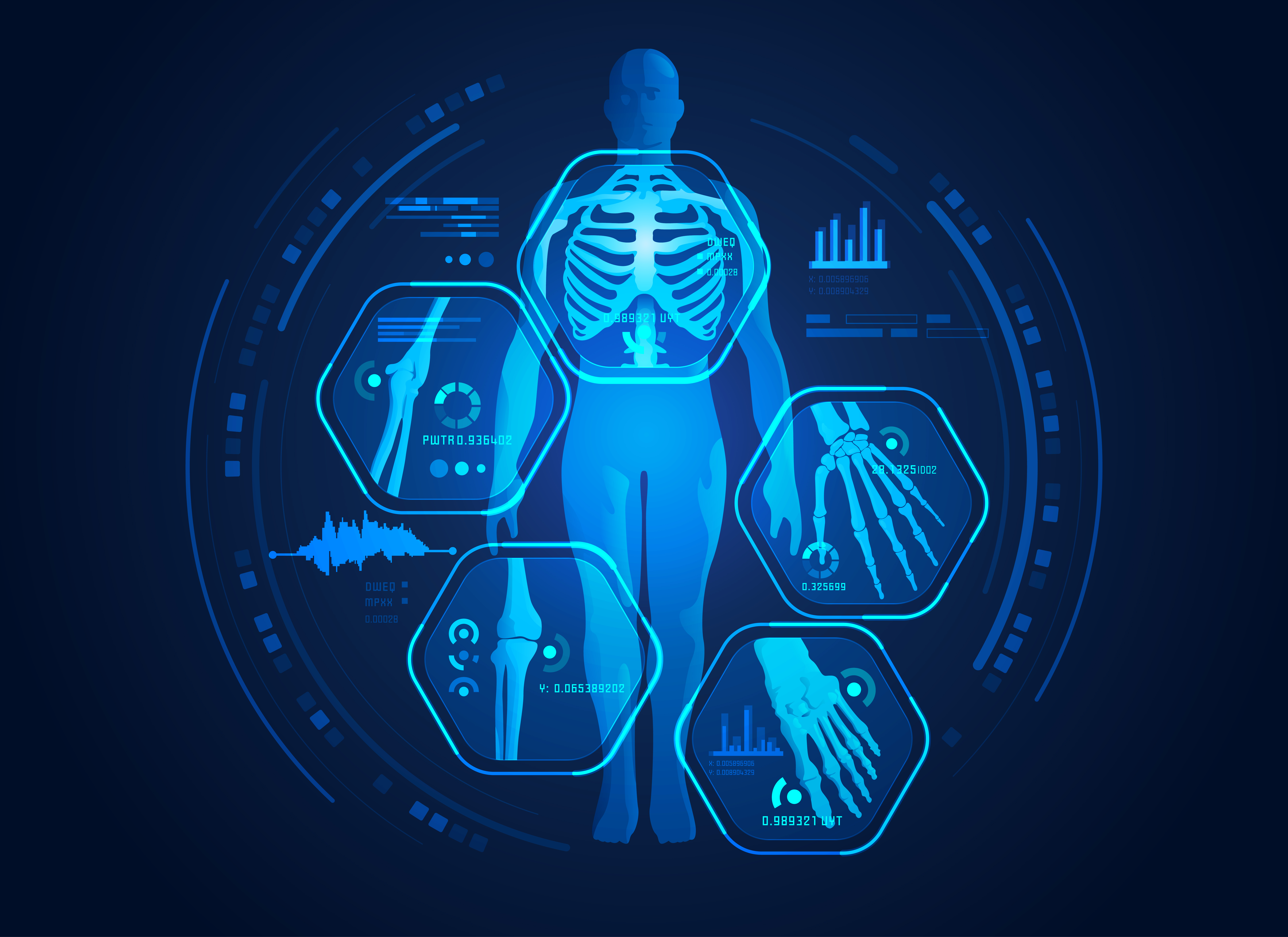
Let’s go out on a limb and say most people without formal medical training wouldn’t know where to begin to understand the intricacies of a chest X-ray. But no longer does that mean they’d need a doctor to do it for them.
According to a recent article at Fast Company, patients can use a new AI-enabled website that can “diagnose 14 diseases with 80% accuracy–in other words, about as well as a real radiologist. There’s no co-pay. No prescription. And the consultation is completely private.”
Dubbed the Chester AI radiology assistant, the technology was developed in work led by Joseph Paul Cohen, a postdoctoral fellow at Mila (the Quebec AI institute) and the University of Montreal.
As the article’s author explains it, one of the significant upsides to this new technology is that it ensures privacy.
“The surveillance economy has created a world in which we have no idea who is getting our data, and what they might be using it for,” he says. “Chester AI is like a software doctor that lives on your phone or PC, and only on your phone or PC. It doesn’t upload sensitive personal information, ever.”
Moreover, as so-called “locally run AI,” meaning on your own computer, the program is cheap to operate.
“Because it runs in the browser we don’t have to run servers to process each image,” says Cohen. “This enables us to allow everyone to use it for free.” Amazon and Google have some of the biggest server farms in the world to run their complex cloud AIs. Chester AI’s only expense to operate is sending a small bit of code to your phone or computer. The heavy lifting is done with the hardware you’ve already bought.
Yes, you still need to go to a doctor to get the actual X-ray, and Cohen insists that “(t)his tool is for a second diagnosis. So far our interaction with doctors has been that it is useful if they are in a hurry (like in an ER) and want to have someone run this image to confirm what they think or to help them not miss anything. For radiologists in training, this will help them to form a consistent understanding no matter who their teacher is.”
Perhaps the most beneficial bottom line, says the author, is that “having free tools that can be used anywhere in the world should improve diagnosis and treatment.”
As Cohen sums it up, “We think that this can ensure a minimum level of care across the entire work. No radiologist (or even general doctor) can be worse than this tool.”


